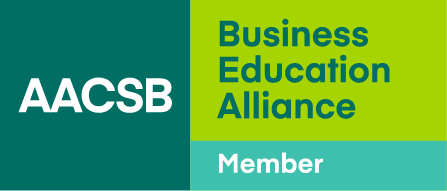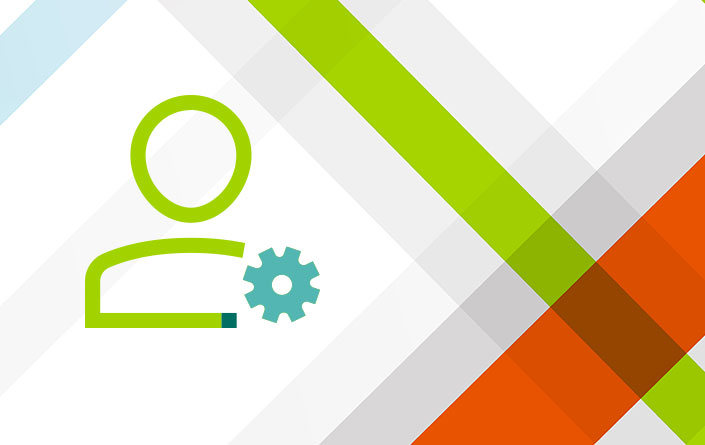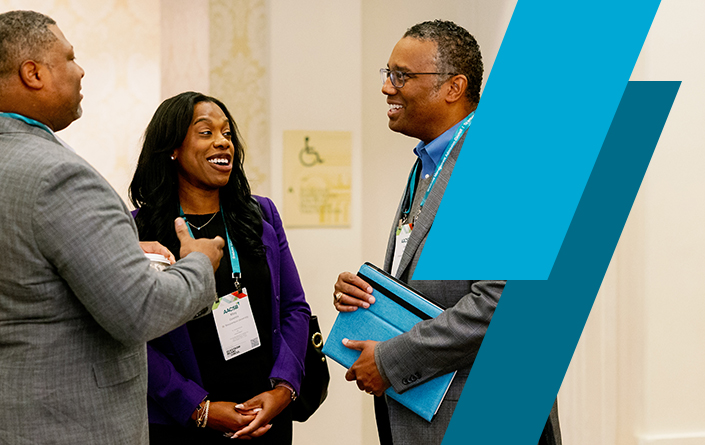Reinventing Teamwork: AI in the Business Classroom
- A collaborative AI platform at Tulane University’s Freeman School of Business enables students to work alongside AI “teammates” with defined roles, fostering real-time collaboration and critical thinking.
- Faculty are using the platform across courses—from entrepreneurship to supply chain management—to simulate how humans might collaborate with AI in actual business scenarios.
- By embedding AI into team-based assignments, faculty are preparing students to work in organizations where human-AI interaction is becoming increasingly central to decision-making.
As artificial intelligence (AI) becomes more integrated into the workplace, the technology is beginning to function less like a tool and more like a collaborator. In many cases, humans are using the technology to handle repetitive or highly data-driven tasks, while they apply their critical thinking, creativity, and judgment to refine the results.
But as AI’s capabilities grow, the line between human decision-making and AI-driven analysis is becoming more blurred. Instead of working in the background on narrowly defined tasks, AI is now taking part in group discussions, influencing decisions, and interacting with teams in real time.
This shift raises a new question: How should businesses structure collaboration when some of the contributors aren’t human?
At the A.B. Freeman School of Business at Tulane University in New Orleans, we believe students must be prepared to navigate the changing environment. That includes not only learning to use AI tools but also understanding how to work alongside AI in realistic business settings.
To support that goal, the Freeman School has begun piloting a collaborative AI platform that enables human-AI teamwork. Our aim is to give students hands-on experience with the challenges and opportunities that this technology presents.
Business Schools as AI Laboratories
We have already seen real-world examples of how AI is changing the way people collaborate in business environments. Consider a consulting team conducting a market analysis. AI can quickly scan vast amounts of data, identify trends, and generate an initial report. The human team can then evaluate AI’s findings, verifying accuracy, identifying gaps, and refining insights based on industry expertise.
The human members of the team might adjust research parameters, add qualitative context, or reframe the problem, before prompting the AI to update its report based on the new input. This iterative workflow enables AI and humans to complement each other, with AI handling large-scale data processing and humans focusing on interpretation, strategy, and decision-making.
This represents a shift in how we define teamwork—and an imperative for business schools to integrate AI into their curricula and teaching methods. As our students and faculty enter this new era, they will need to know how to structure teams and workflows to ensure that AI is applied in ways that enhance human contributions, rather than used simply to replace human work.
Business schools that prioritize experiential learning can serve as laboratories for testing how AI reshapes teamwork, decision-making, and leadership.
Many business schools are recognizing AI’s increasing influence in the workplace. According to a recent AACSB survey, approximately two-thirds of business school deans reported that they have either already integrated AI modules into existing courses or plan to do so within the next year. This reflects a growing awareness that students need more than AI literacy—they also need to understand how to collaborate with AI in real-world settings.
Fortunately, business schools have opportunities to work directly with companies that are on the front lines of innovating with AI, and we can learn about this new technology together. In this sense, business schools that prioritize experiential learning can serve as laboratories for testing how AI reshapes teamwork, decision-making, and leadership.
Why We Sought a Partner
The idea for the Freeman School to seek a collaborative partnership with an AI platform provider was inspired by the fact that so many students were already using AI resources on their own. We realized we needed to bring some structure to their use of tools such as ChatGPT. Members of our faculty recognized students’ experimentation with the technology as an opportunity not only to create a framework for using AI as a productivity tool, but also to explore its potential as a collaborative partner.
In September 2024, we started our new AI teaching initiative in earnest. We had several requirements to fulfill in our choice of AI platform: It had to support team-based work, allow students to store and share prompts, connect to external subscriptions, and provide strong data security.
After reviewing several vendors, we opted to partner with BoodleBox, an AI company that works closely with higher education institutions to deploy its secure, collaborative AI platform in classroom environments. BoodleBox provided us with an easy, low-risk way to bring some of the best AI tools into the classroom without putting extra strain on our faculty or introducing additional technical hurdles.
How We Use AI in Team-Based Learning
Rather than functioning as a standalone chatbot, the collaborative AI allows users to build and interact with AI “teammates.” Faculty can create customized bots with defined characteristics and team roles, such as stakeholders, collaborators, or decision-makers. The platform also includes a library of customized bots that faculty can use out of the box or adapt for different classroom needs.
Unlike many AI integrations that rely solely on ChatGPT and public data, the platform can incorporate multiple AI models and data sources, including the proprietary databases that students use for their research in their coursework.
As they engage with the AI bots, students are encouraged to test different approaches and think critically about how and when to involve AI in their work. Students can iterate on their prompts and share their conversations with the bots with teammates and professors. Although students are provided with some basic guidance on how to navigate the platform, faculty offer no formal training—they just bring everyone together and start experimenting.
We are currently working with BoodleBox to integrate the platform into our learning management system, Canvas. This is a critical step that will allow us to fully embed AI into the classroom experience by linking the platform to course materials, assignments, and grades.
AI in Action: Examples from the Classroom
BoodleBox is now being used in five courses, with some creative applications in areas such as entrepreneurship, negotiation, and supply chain management. Each course uses the technology in a different way, allowing students to explore how AI can contribute meaningfully to team-based decision-making.
For instance, a professor teaching one of our entrepreneurship courses enhanced a case study involving an international ride share company by creating an AI-powered persona of the company’s CEO. The professor based that persona on his research into the executive’s leadership style and past decisions. Students then conversed with the bot as if they were in the room with the real executive, posing questions and receiving responses that reflected the CEO’s documented behavior and style of thinking. Such an application brings the case to life in a way that static reading never could.
In one course, students practice their deal-making skills with bots that represent different parties, enabling them to navigate conflicting interests just as they would in real-world negotiations.
The professor is now exploring ways to incorporate voice and video to make the simulation even more immersive. But we know that we must be thoughtful about this process. At this point, the professor wishes to create an AI persona solely to humanize the experience and provide students with a more immersive simulation, without replicating the CEO’s exact voice or appearance. In the future, however, as AI tools become more lifelike, we realize that we will need to require the permission of individuals to use their likenesses responsibly.
The AI platform is also an asset in negotiation role-playing exercises. In one course, students practice their deal-making skills with bots that represent different parties involved in the negotiation, each with its own objectives and constraints. The bots respond dynamically to students’ proposals and counteroffers, requiring students to think on their feet when justifying their positions. This setup enables them to navigate conflicting interests and adapt to unexpected twists, just as they would in real-world negotiations.
In another class, the platform adds a new level of complexity to supply chain simulations. Students are tasked with deciding when to buy, how to allocate resources, and how to respond to shifting market conditions, using AI tools to inform decision-making during simulations.
In an entrepreneurship and innovation class, teams of three students each must add an AI agent as a fourth team member. The students then interact with the AI, which serves as an assistant that supports them throughout the course.
The Future of AI-Powered Teamwork
Business schools must prepare students for a world where AI increasingly shapes team dynamics and decision-making. As this transformation continues, we must keep pace with changes in the ways we define human skills, view AI’s role as a collaborator, and address the complex ethical considerations related to the use of this technology.
Our faculty will continue exploring new use cases and finding creative ways to embed AI into course design. Through these experiential learning opportunities, students will be prepared to work effectively with AI, ask better questions, and think strategically about how these technologies should be used in business contexts.






